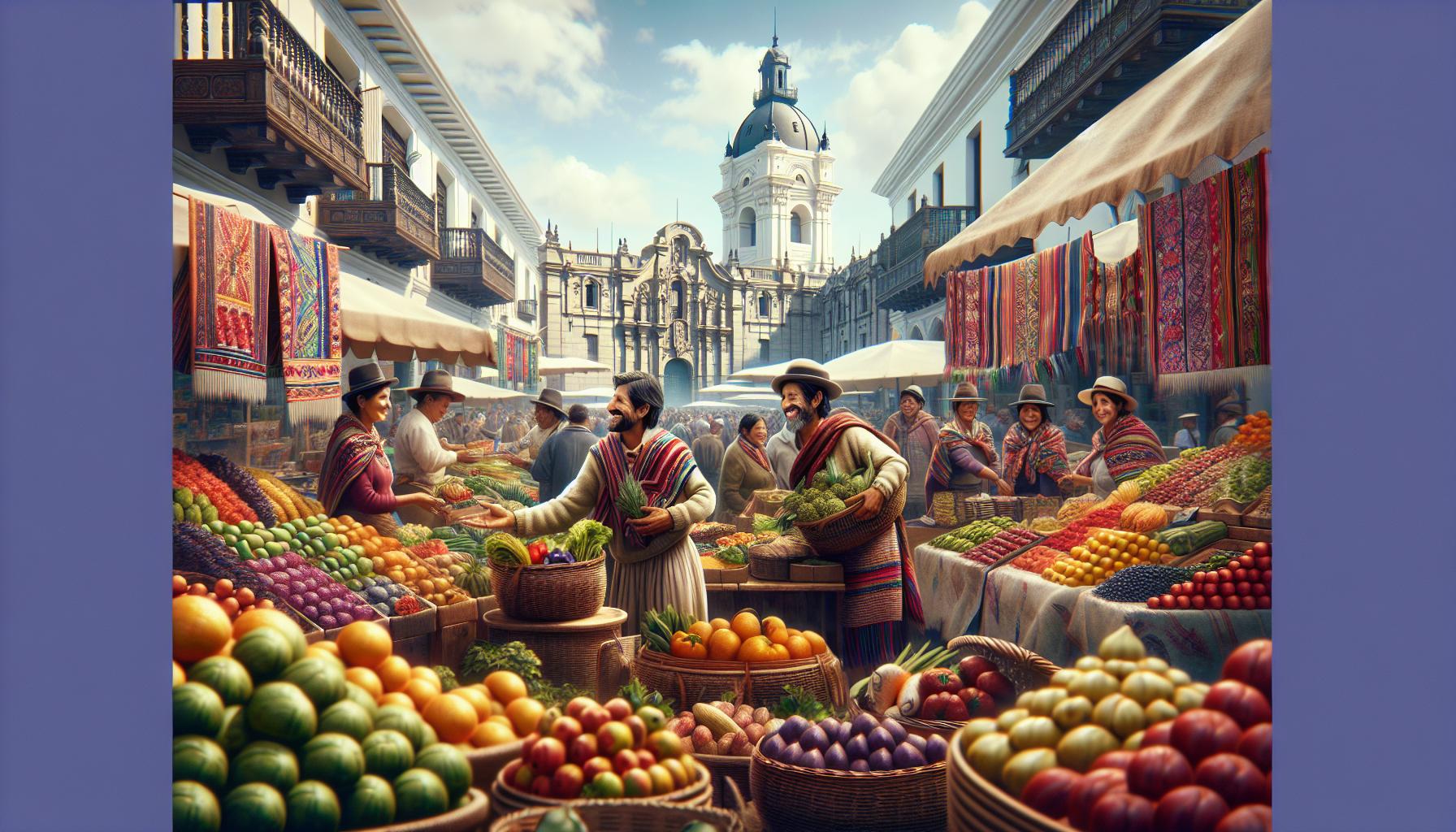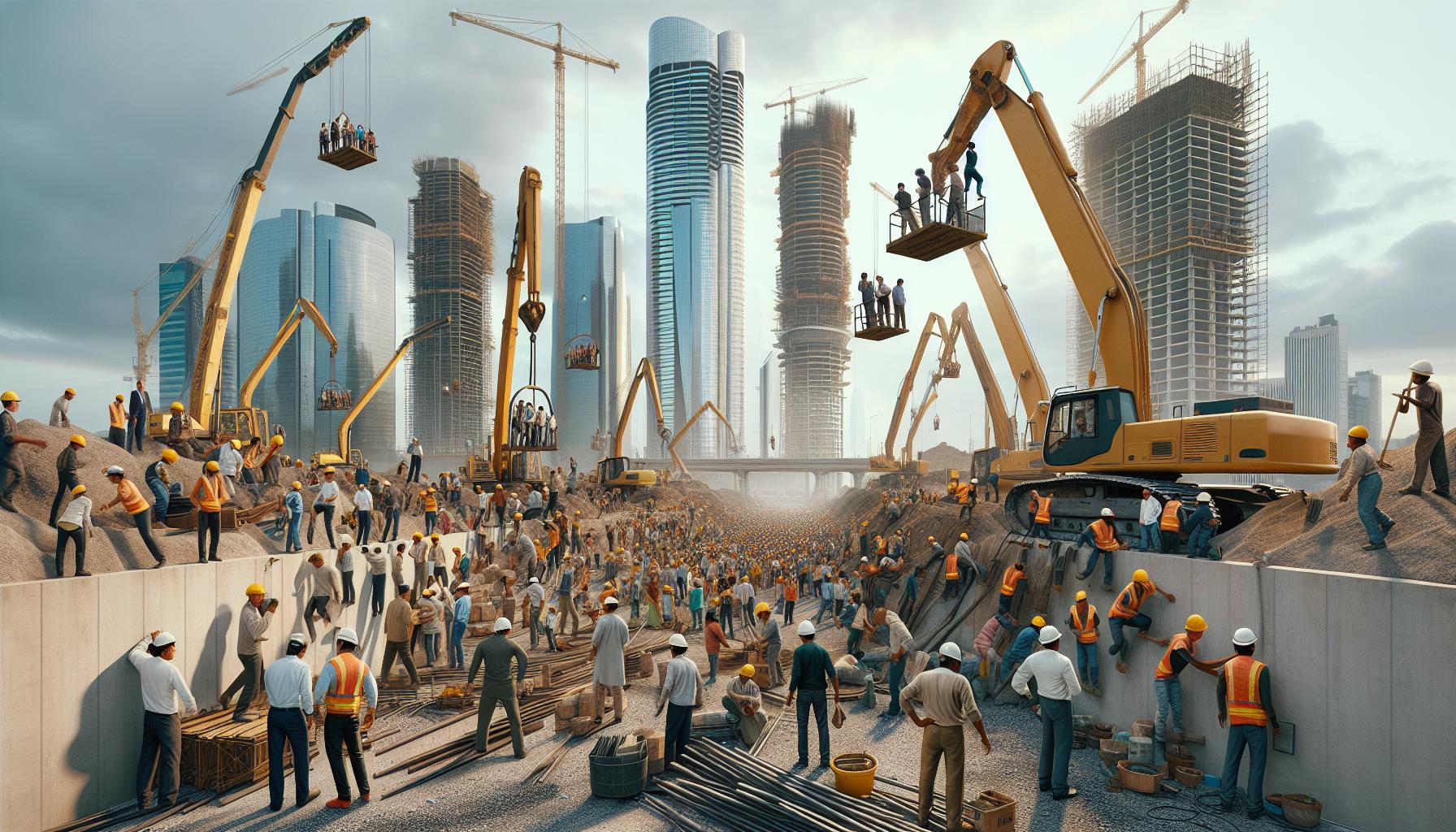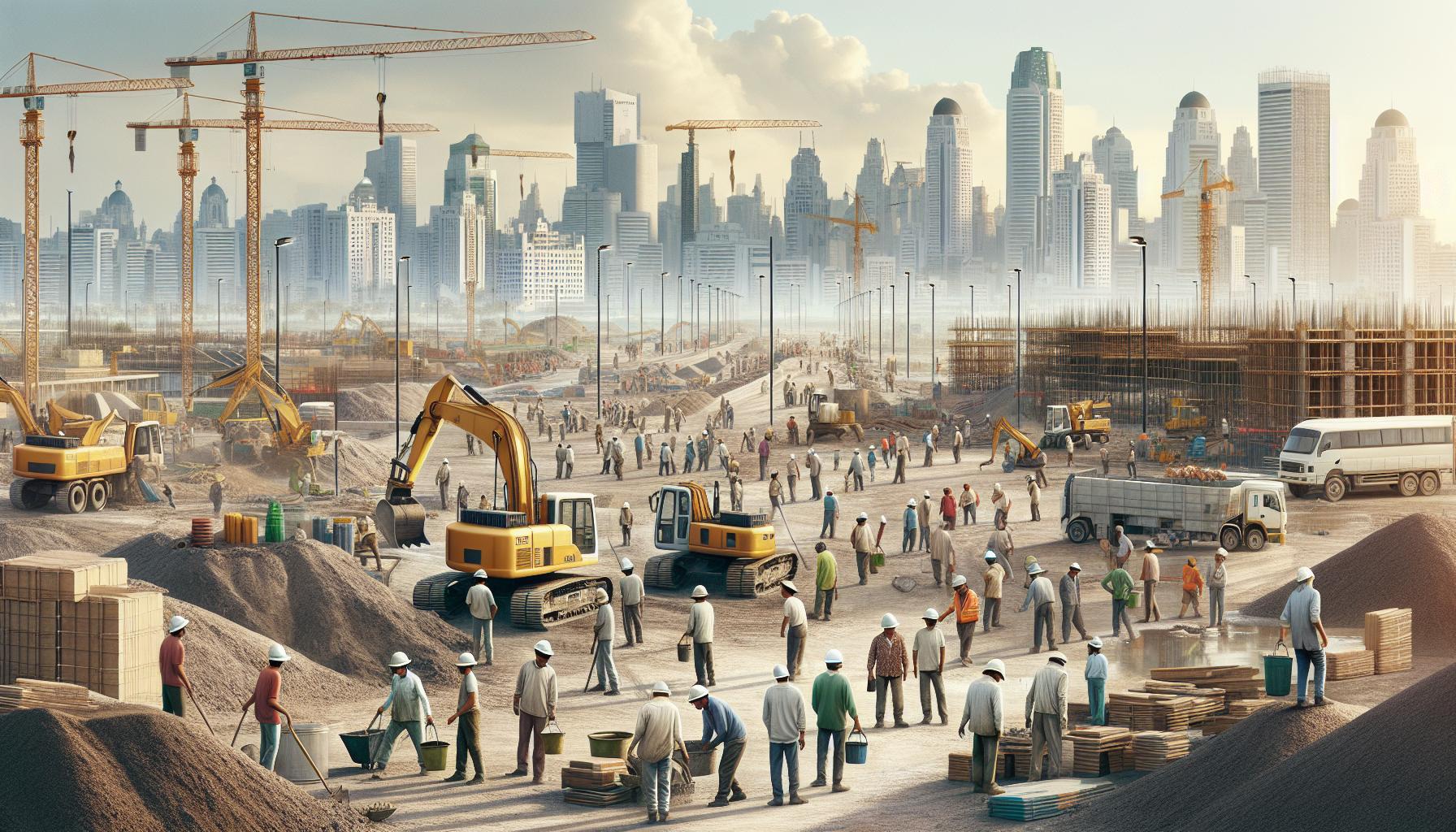The Best Fluffy Pancakes recipe you will fall in love with. Full of tips and tricks to help you make the best pancakes.

Lima Peru News: Major Infrastructure Projects and Political Shifts Reshape Capital City
Lima, Peru’s vibrant capital, continues to make headlines as one of South America’s most dynamic cities. From its bustling culinary scene to significant political developments, this coastal metropolis keeps both locals and international observers on their toes with its ever-evolving story.
Recent developments in Lima reflect the city’s ongoing transformation into a modern powerhouse while preserving its rich cultural heritage. Whether it’s the latest innovations in sustainable urban planning or groundbreaking archaeological discoveries beneath its ancient streets, Lima’s news cycle never fails to captivate global attention. The city’s unique blend of colonial architecture modern infrastructure and world-renowned gastronomy creates a fascinating backdrop for the stories that unfold daily in this Pacific coast gem.
Current Political Landscape in Lima
Lima’s political environment reflects significant shifts in Peru’s governance structure. The capital city serves as the epicenter of national political decisions while managing its own municipal challenges.
Recent Government Changes
Peru’s presidency transitioned to Dina Boluarte in December 2022, marking the country’s first female president. The Lima Metropolitan Municipal Council underwent restructuring with Mayor Rafael López Aliaga implementing new administrative protocols in January 2023. The city council adopted digital voting systems for municipal decisions, streamlining the legislative process across Lima’s 43 districts.
Key changes include:
- Implementation of transparent budgeting platforms
- Reorganization of district authorities
- Enhanced security coordination between municipal police forces
- Digital transformation of public services
Impact on Local Policies
Lima’s updated governance framework introduced targeted reforms in urban development. The municipal administration established rapid-response teams for infrastructure maintenance in 5 key districts. Transportation policies evolved with the expansion of the Lima Metro system connecting 3 major corridors.
- Electronic permit processing reducing wait times by 60%
- Modernized waste management systems in 15 districts
- Integration of environmental standards in construction permits
- Smart city initiatives monitoring traffic patterns
- Streamlined business registration processes for local entrepreneurs
Economic Updates from Peru’s Capital

Lima’s economic landscape displays significant growth markers in Q1 2024, with key developments in infrastructure investment and financial market stability. The city’s economic indicators reflect a 3.2% GDP expansion compared to the previous quarter.
Business Development Projects
Lima’s commercial sector experiences rapid transformation through major development initiatives. The Port of Callao expansion project incorporates $320 million in investments to enhance cargo handling capacity by 45%. Three new shopping centers in emerging districts create 12,000 direct jobs, while the Lima Innovation Hub hosts 85 technology startups. The Metropolitan Municipality approved 15 mixed-use development projects valued at $1.2 billion across San Isidro and Miraflores districts. Construction of the Digital Business Park in San Borja attracts international tech companies with tax incentives and modern infrastructure.
Financial Market Trends
The Lima Stock Exchange (BVL) demonstrates strong performance with a 15% increase in trading volume. Foreign direct investment reaches $3.8 billion, focusing on mining technology and digital infrastructure sectors. Corporate bonds show a 7.5% yield rate, attracting regional investors. The financial district reports a 22% increase in office occupancy rates. Digital payment adoption rises 65% among small businesses, accelerating financial inclusion initiatives. The banking sector introduces blockchain-based services, with five major banks implementing digital transformation strategies.
| Economic Indicator | Current Value | Change (YoY) |
|---|---|---|
| GDP Growth | 3.2% | +0.8% |
| FDI Inflow | $3.8B | +15% |
| BVL Index | 21,450 | +15% |
| Office Occupancy | 87% | +22% |
| Digital Payments | 65% | +40% |
Infrastructure and Urban Development

Lima’s infrastructure transformation accelerates through strategic development initiatives in transportation networks public facilities. The city’s commitment to modernization reflects in multiple large-scale projects across various sectors.
Transportation Improvements
The Lima Metro Line 2 expansion project advances with 40% completion, connecting east-west corridors across 27 kilometers of underground rail. The Metropolitan Transport Authority launched an integrated digital payment system, serving 2.5 million daily commuters across buses metros. Transport hubs undergo significant upgrades, including the Jorge Chávez International Airport’s new terminal, increasing passenger capacity by 50%. The Metropolitano Bus Rapid Transit system extends its routes by 15 kilometers, adding 12 new stations in previously underserved areas.
New Construction Projects
Private developers invest $850 million in mixed-use developments across Lima’s emerging districts. The Costa Verde waterfront project encompasses 6 kilometers of commercial residential spaces with direct beach access. Three major shopping centers break ground in San Juan de Lurigancho Ate districts, adding 200,000 square meters of retail space. The Port of Callao modernization includes automated container terminals advanced logistics facilities, increasing cargo handling capacity by 60%. Urban renewal initiatives transform 15 historic buildings into modern office spaces while preserving colonial architecture.
| Project Type | Investment (USD) | Completion Timeline |
|---|---|---|
| Metro Line 2 | 5.8 billion | 2026 |
| Airport Terminal | 1.6 billion | 2024 |
| Mixed-Use Developments | 850 million | 2025 |
| Port Modernization | 320 million | 2024 |
Social Issues and Public Safety
Lima faces complex social challenges amid its rapid urban development. Recent data reveals shifting patterns in public safety concerns alongside innovative community responses.
Crime Rate Statistics
Lima’s crime statistics demonstrate significant variations across districts in 2024. The Metropolitan Police reports a 15% decrease in violent crimes compared to 2023, with notable reductions in San Isidro, Miraflores, and Surco districts. Property crimes remain concentrated in commercial areas, with 3,800 reported incidents in Q1 2024. Digital surveillance systems cover 75% of major intersections, contributing to a 22% improvement in response times. The city center experiences 45% of reported crimes, followed by 30% in northern districts and 25% in southern zones.
Community Initiatives
Local organizations lead targeted programs to enhance neighborhood security. The “Vecinos Vigilantes” network connects 50,000 residents through a mobile app, enabling real-time incident reporting. Community police stations operate in 35 districts, processing 1,200 daily citizen interactions. Neighborhood watch groups coordinate with law enforcement through WhatsApp groups, reaching 85% of residential areas. The “Lima Segura” program trains 2,500 community leaders in crime prevention strategies. Youth engagement programs in high-risk areas serve 15,000 participants through sports, education and skills training activities.
Cultural Events and Tourism
Lima’s cultural scene showcases a dynamic blend of traditional Peruvian heritage and contemporary attractions, drawing visitors from across the globe.
Upcoming Festivals
Lima hosts 8 major festivals in Q2 2024, celebrating Peru’s rich cultural traditions. The Festival of San Juan features 120 local artisans displaying traditional crafts at Plaza Mayor from April 15-20. Mistura, Latin America’s largest food festival, returns in May with 45 renowned chefs presenting authentic Peruvian dishes. The Lima Art Week transforms 25 galleries into exhibition spaces, showcasing works from 200 contemporary artists. The Festival Internacional de Cajón brings together 80 percussion artists for performances at the Gran Teatro Nacional. Traditional events include the Señor de los Milagros procession, attracting 50,000 participants through Lima’s historic center.
Tourism Industry Growth
Tourist arrivals in Lima increased by 25% in Q1 2024, reaching 850,000 visitors. International hotel chains invested $420 million in 5 new luxury properties, adding 1,200 rooms to Lima’s accommodation capacity. The city’s tourism revenue reached $980 million, driven by culinary tourism experiences. Digital booking platforms recorded 45% growth in activity bookings, particularly for gastronomic tours. The Lima Convention Center hosted 15 international conferences, generating $75 million in business tourism revenue. Cultural sites experienced increased foot traffic, with Huaca Pucllana reporting 180,000 visitors. The Metropolitan Municipality launched a digital tourist guide app, downloaded by 125,000 users in its first month.
Environmental Concerns
Lima faces critical environmental challenges affecting its 10 million residents amid rapid urbanization. Recent data from environmental monitoring stations reveals significant shifts in pollution patterns across the metropolitan area.
Air Quality Reports
Lima’s air quality index averaged 128 PM2.5 in Q1 2024, exceeding WHO guidelines by 60%. The city’s northern districts recorded the highest pollution levels, with industrial zones in Ate Vitarte reaching 156 PM2.5 during peak hours. Mobile monitoring stations detected elevated nitrogen dioxide concentrations near major traffic corridors, particularly along Javier Prado Avenue. The Municipal Environmental Authority implemented a new real-time air quality monitoring system across 15 districts, providing hourly updates through digital displays at major intersections. Recent measurements indicate a 20% increase in airborne particulates compared to 2023, primarily due to vehicle emissions from Lima’s expanding vehicle fleet.
Sustainability Efforts
The Metropolitan Municipality launched “Lima Verde 2024,” investing $45 million in urban greening projects. Local authorities planted 25,000 native trees across 12 districts, creating 15 new micro-forests in urban areas. The initiative includes installing solar panels on 30 public buildings, reducing energy consumption by 40%. Corporate partnerships established 8 new recycling centers, processing 200 tons of waste daily. The city’s first electric bus fleet operates on 5 major routes, reducing carbon emissions by 3,000 tons annually. Smart irrigation systems in public parks cut water consumption by 35%, while green building standards mandate solar installations for new commercial constructions exceeding 5,000 square meters.
Conclusion
Lima continues to evolve as a dynamic metropolis that’s successfully balancing tradition with innovation. The city’s progress in governance political stability and economic growth demonstrates its resilience and adaptability. Through strategic infrastructure developments sustainable initiatives and cultural preservation Lima is setting new standards for urban development in South America.
The combination of improved security measures environmental consciousness and technological advancement positions Lima as a forward-thinking capital city. With its thriving tourism sector robust economic indicators and commitment to urban renewal Lima stands ready to meet the challenges of the future while honoring its rich heritage.
